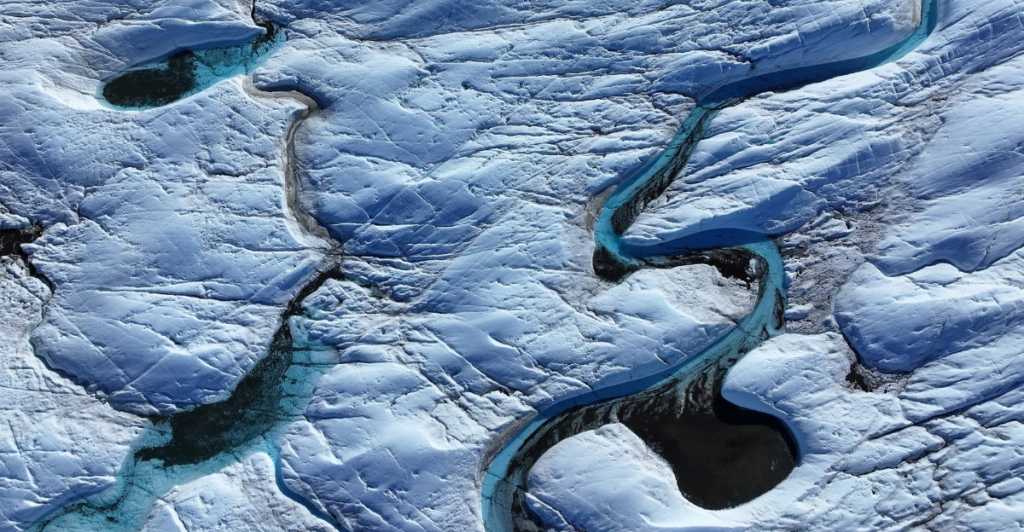
The Arctic is undergoing rapid transformation due to climate change, with profound implications for the entire planet. Warming nearly four times the global average, the region is experiencing unprecedented sea ice loss, permafrost thaw, and ecosystem disruptions. These changes are not isolated; they trigger ripple effects that influence global weather patterns, sea levels, and carbon cycles. The Arctic’s decline is a stark indicator of the accelerating pace of climate change, underscoring the urgency for comprehensive global action.
Vanishing Sea Ice and the Albedo Effect
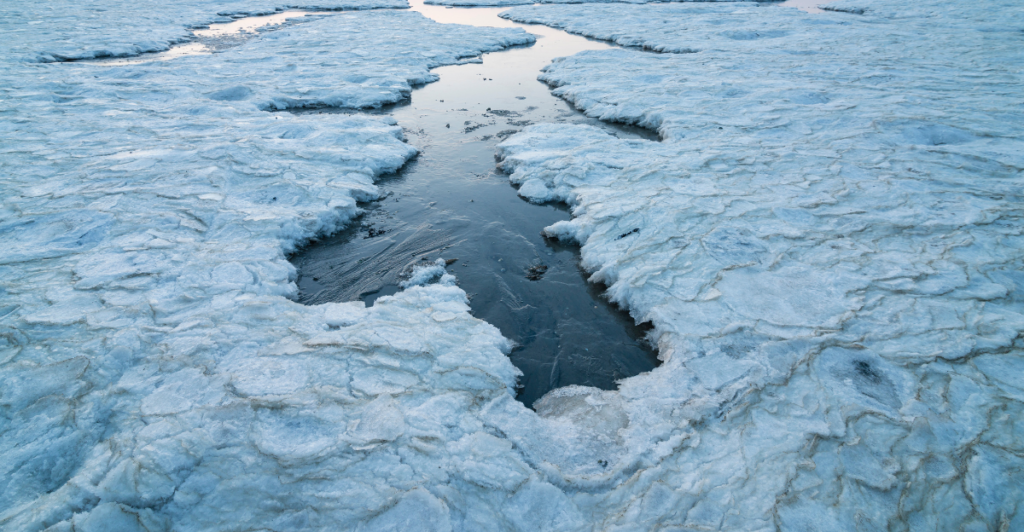
Arctic sea ice has diminished by approximately 40% since 1979, with the oldest and thickest ice declining by 95%. This loss reduces the Earth’s albedo effect, where reflective ice surfaces bounce sunlight back into space. As darker ocean waters absorb more heat, global temperatures rise, exacerbating climate change. The diminishing sea ice also disrupts marine ecosystems and threatens species dependent on ice-covered habitats.
Thawing Permafrost and Greenhouse Gas Release
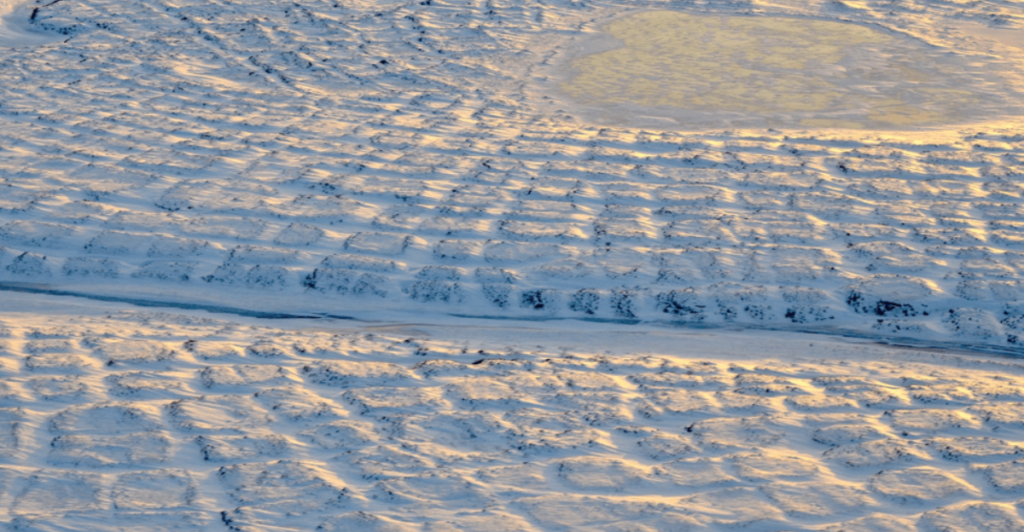
Permafrost, the permanently frozen ground in the Arctic, contains vast amounts of organic carbon. As it thaws due to rising temperatures, this carbon decomposes, releasing carbon dioxide and methane into the atmosphere. Methane is particularly concerning, over 25 times more potent than CO₂ over 100 years. This release creates a feedback loop, accelerating global warming and further permafrost thaw.
Impact on Global Weather Patterns
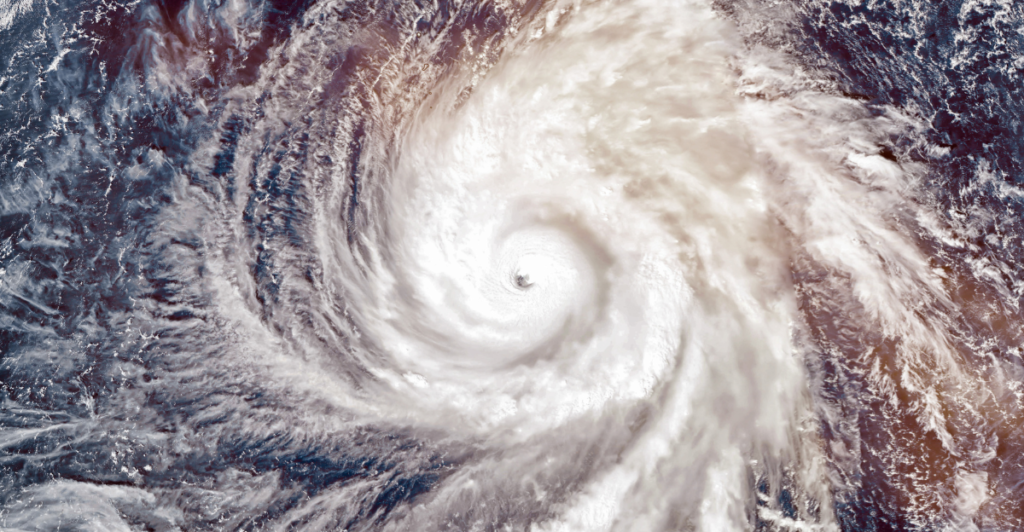
The Arctic plays a crucial role in regulating global weather. Its warming affects the jet stream, leading to more extreme weather events, such as prolonged heatwaves, cold spells, and increased storm activity in mid-latitude regions. These changes significantly affect agriculture, infrastructure, and human health worldwide.
Rising Sea Levels Threaten Coastal Communities
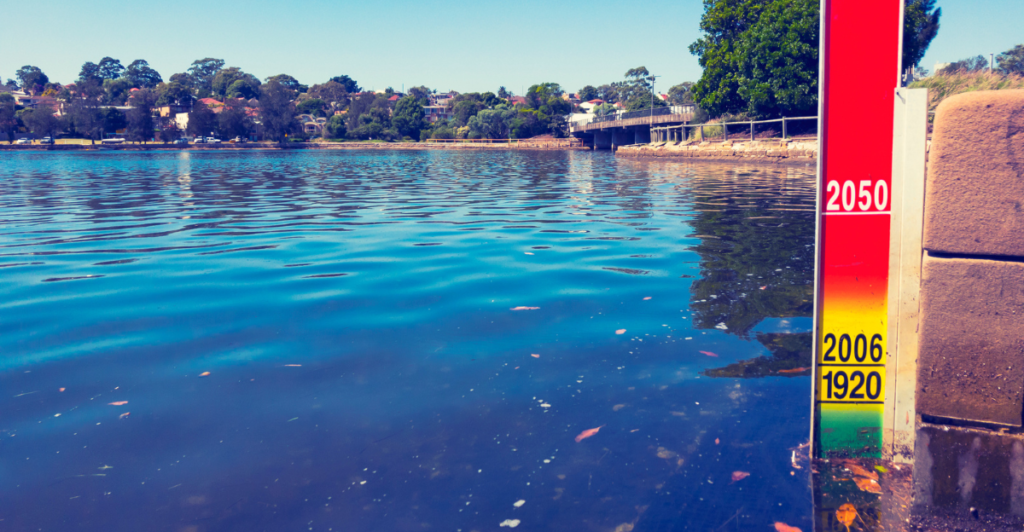
Melting Arctic ice contributes to global sea-level rise, posing risks to coastal cities and low-lying nations. As ice sheets and glaciers melt, they add fresh water to the oceans, leading to erosion, increased flooding, and saltwater intrusion into freshwater systems. This threatens ecosystems, infrastructure, and the livelihoods of millions.
Disruption of Arctic Ecosystems
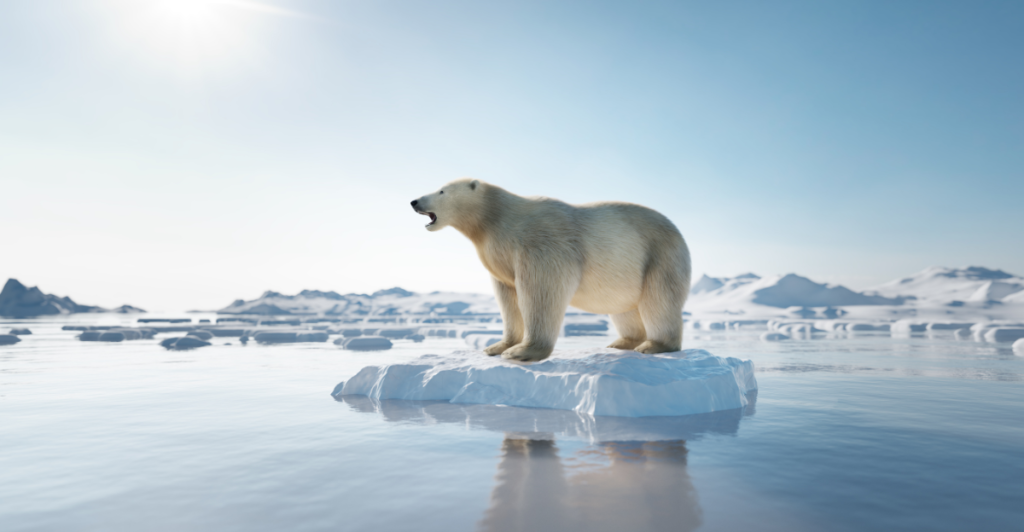
The rapid environmental changes in the Arctic disrupt its delicate ecosystems. Species such as polar bears, walruses, and seals face habitat loss, while migratory patterns of birds and marine life are altered. These disruptions can lead to declines in biodiversity and affect indigenous communities reliant on these species for sustenance and cultural practices.
Economic Implications of Arctic Changes
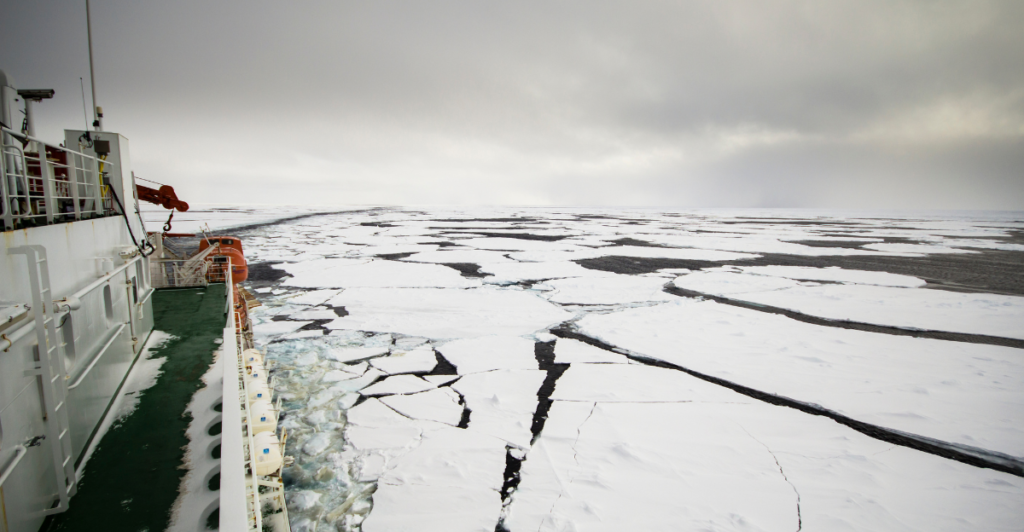
The Arctic’s transformation opens new shipping routes and access to natural resources, attracting geopolitical interest. However, these opportunities come with environmental risks and challenges to indigenous rights. Infrastructure built on permafrost is at risk of damage due to ground instability, leading to increased maintenance costs and potential disasters.
Amplification of Global Warming
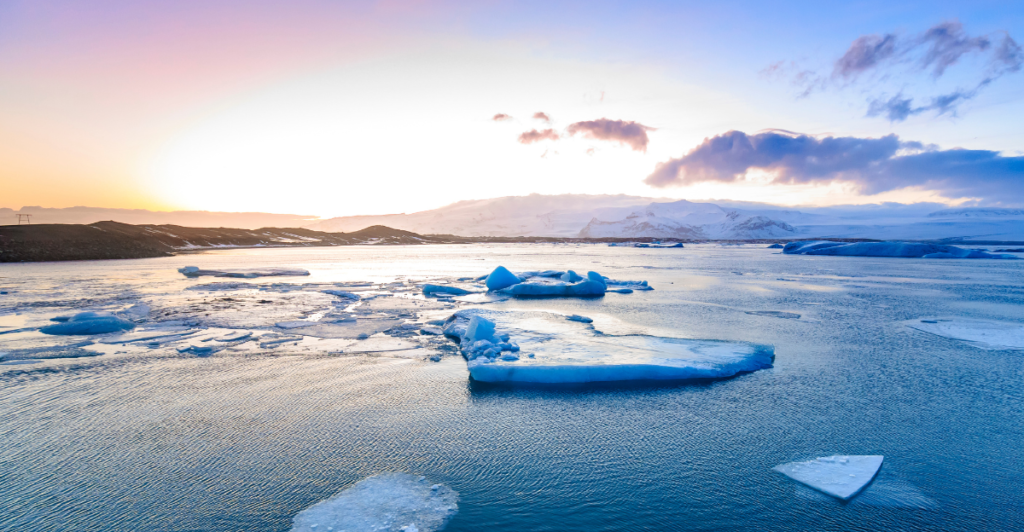
The Arctic’s changes contribute to a feedback loop that amplifies global warming. As ice melts and permafrost thaws, more greenhouse gases are released, increasing temperatures. This cycle accelerates climate change, making mitigation efforts more challenging and urgent.
Indigenous Communities Facing Cultural and Environmental Loss
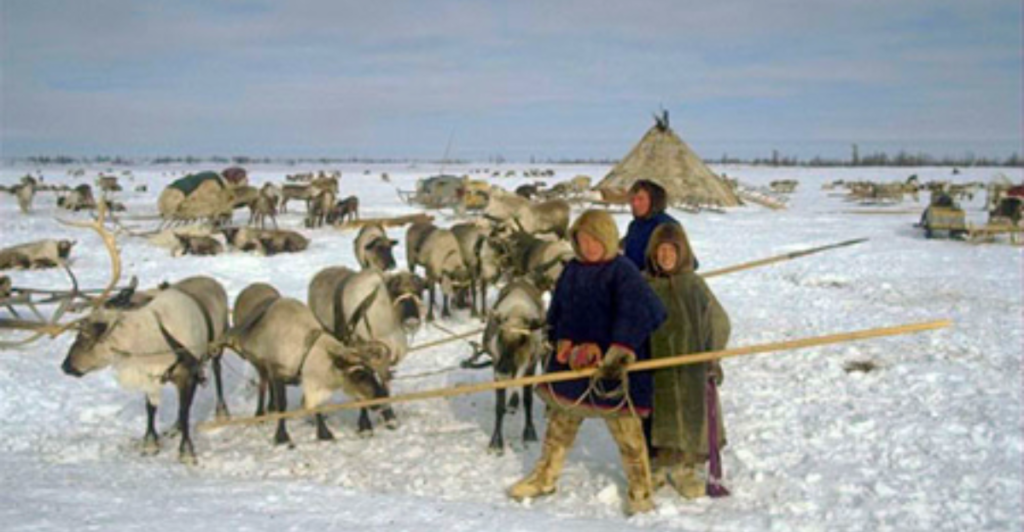
Indigenous peoples in the Arctic are experiencing profound impacts from environmental changes. Shifting wildlife patterns and unstable ice conditions disrupt traditional ways of life, including hunting and fishing practices. These changes threaten cultural heritage and necessitate adaptation strategies to preserve communities and traditions.
Global Responsibility and the Path Forward
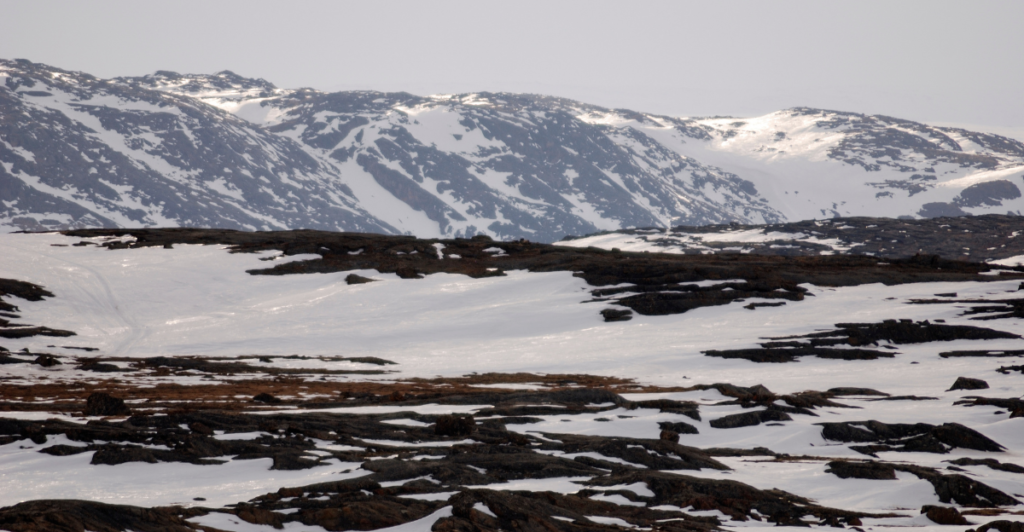
Addressing the Arctic crisis requires global cooperation and immediate action to reduce greenhouse gas emissions. It is crucial to invest in renewable energy, enforce environmental protections, and support indigenous-led conservation efforts. The Arctic’s health is intrinsically linked to the planet’s overall climate stability, making its preservation a shared responsibility.
Explore more of our trending stories and hit Follow to keep them coming to your feed!

Don’t miss out on more stories like this! Hit the Follow button at the top of this article to stay updated with the latest news. Share your thoughts in the comments—we’d love to hear from you!







